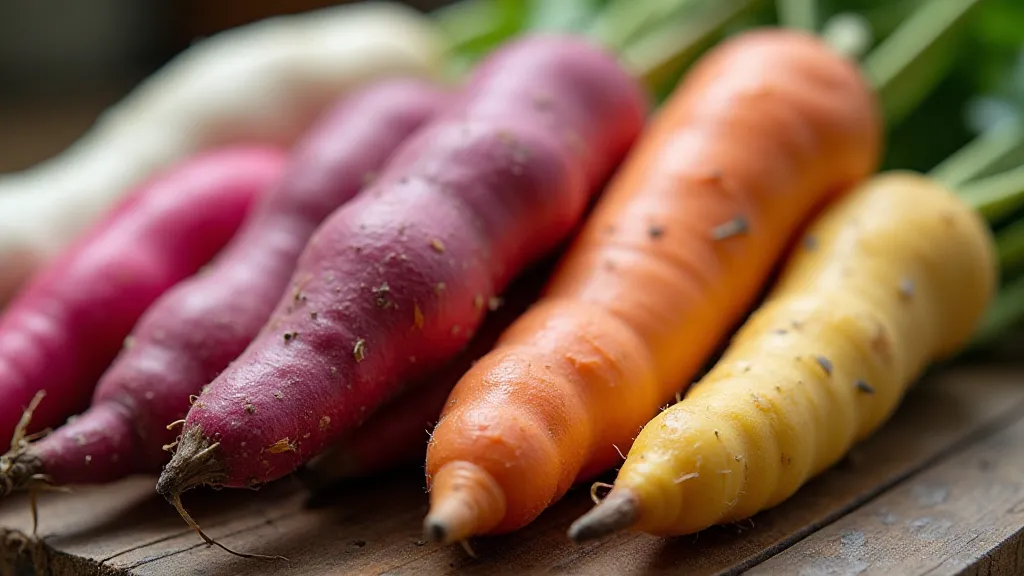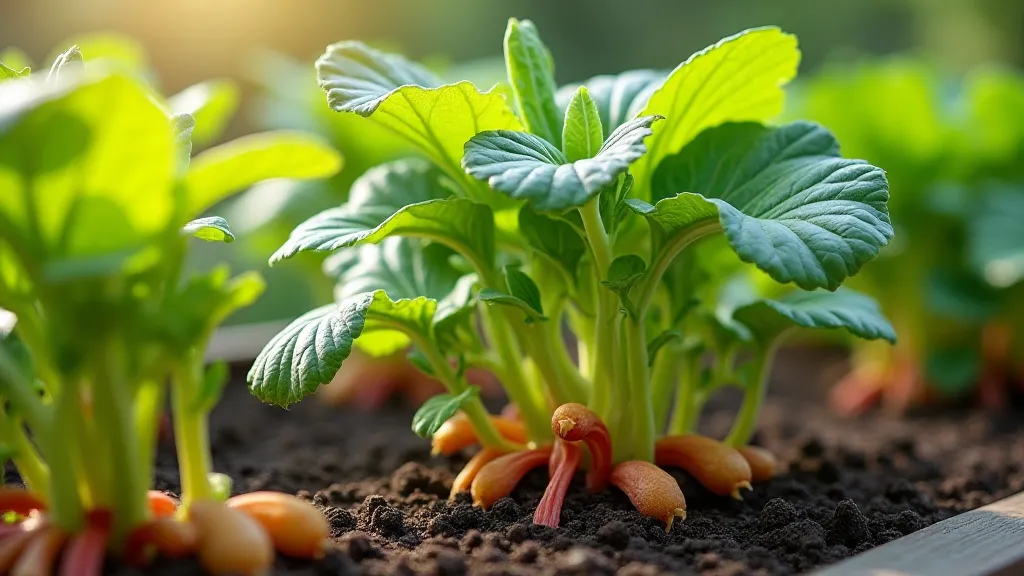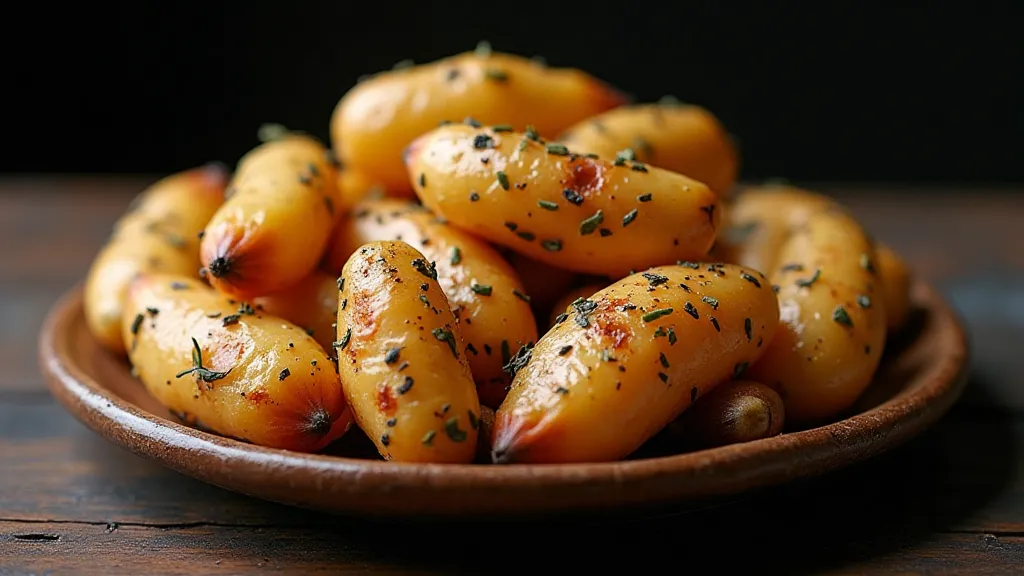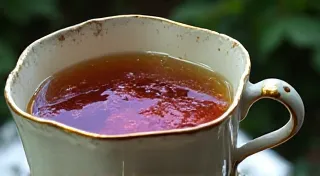Oca: The Colorful Peruvian Ground Nut
Discover Oca (Oxalis tuberosa), a fascinating and incredibly colorful root vegetable originating from the high Andes Mountains of Peru. It's a relatively unknown crop in many parts of the world, but its unique appearance, delicious flavor, and ease of cultivation are rapidly gaining popularity amongst vegetable gardeners seeking something truly special. This article will guide you through everything you need to know about growing Oca – from its history to its culinary possibilities.
A Little History & Background
Oca has been a vital food source for indigenous Peruvian communities for centuries. It was a staple crop of the Inca civilization, and its cultivation continues today. The name "Oca" comes from the Quechua word for the plant. Unlike many root vegetables, Oca doesn't store well in the ground over winter, so they are traditionally harvested and stored as whole plants. The entire plant, including the tubers and leaves, is edible.
Appearance: A Rainbow Underground
What immediately sets Oca apart is its vibrant coloration. The tubers come in a dazzling array of colors – pink, red, purple, yellow, orange, white, and even bi-colored varieties. These vibrant hues make Oca a visual delight in the garden and a stunning addition to any dish. They’re roughly the size of a potato, but their shape is more irregular.

Growing Oca: A Surprisingly Easy Crop
Oca is remarkably easy to grow, making it a fantastic choice for beginner vegetable gardeners. Here's a breakdown of essential growing tips:
- Starting from ‘Seed’ (actually, Tubers): Oca isn’t typically grown from seed. Instead, you plant whole tubers, similar to potatoes. You can often purchase these from nurseries specializing in unusual vegetables.
- Planting Time: Plant Oca tubers in spring, after the risk of frost has passed.
- Location: Choose a location with full sun and well-drained soil.
- Soil Preparation: Amend the soil with compost or well-rotted manure to improve drainage and fertility.
- Planting Depth: Plant tubers 4-6 inches deep and 12-18 inches apart.
- Watering: Keep the soil consistently moist, but not waterlogged.
- Support: Oca plants can become quite sprawling, so providing support, like a trellis or stakes, can be beneficial.
- Harvesting: Harvest the entire plant in the fall, once the leaves have begun to die back. The tubers will remain attached to the roots.

Flavor & Culinary Uses
Oca's flavor is often described as a cross between a potato and a radish, with a slightly lemony tang. The taste varies somewhat depending on the color; red and purple varieties tend to be slightly more pungent than the yellows and oranges. They can be eaten raw, boiled, roasted, fried, or pickled.
- Raw: Thinly sliced Oca can be added to salads for a crunchy, tangy bite.
- Boiled or Roasted: Similar to potatoes, Oca can be boiled or roasted and served as a side dish.
- Fried: Oca fries are a delicious and surprisingly easy treat.
- Pickled: Pickled Oca is a unique and flavorful condiment.

Preserving Oca
Since Oca doesn't store well in the ground, preservation is key. The most common methods are:
- Storing the Whole Plant: Hang the entire plant upside down in a cool, dry, and dark place. The tubers will remain attached to the roots.
- Freezing: Cooked Oca can be frozen for later use.
- Pickling: A delicious way to preserve Oca and enjoy its unique flavor.
Growing Oca is a rewarding experience for any vegetable gardener. Its striking beauty and unique flavor are sure to impress friends and family. Add this unusual and colorful vegetable to your garden this season and enjoy the delightful surprise!





